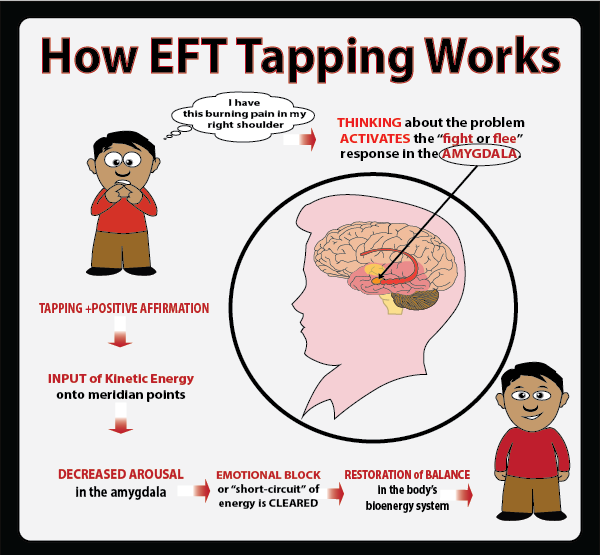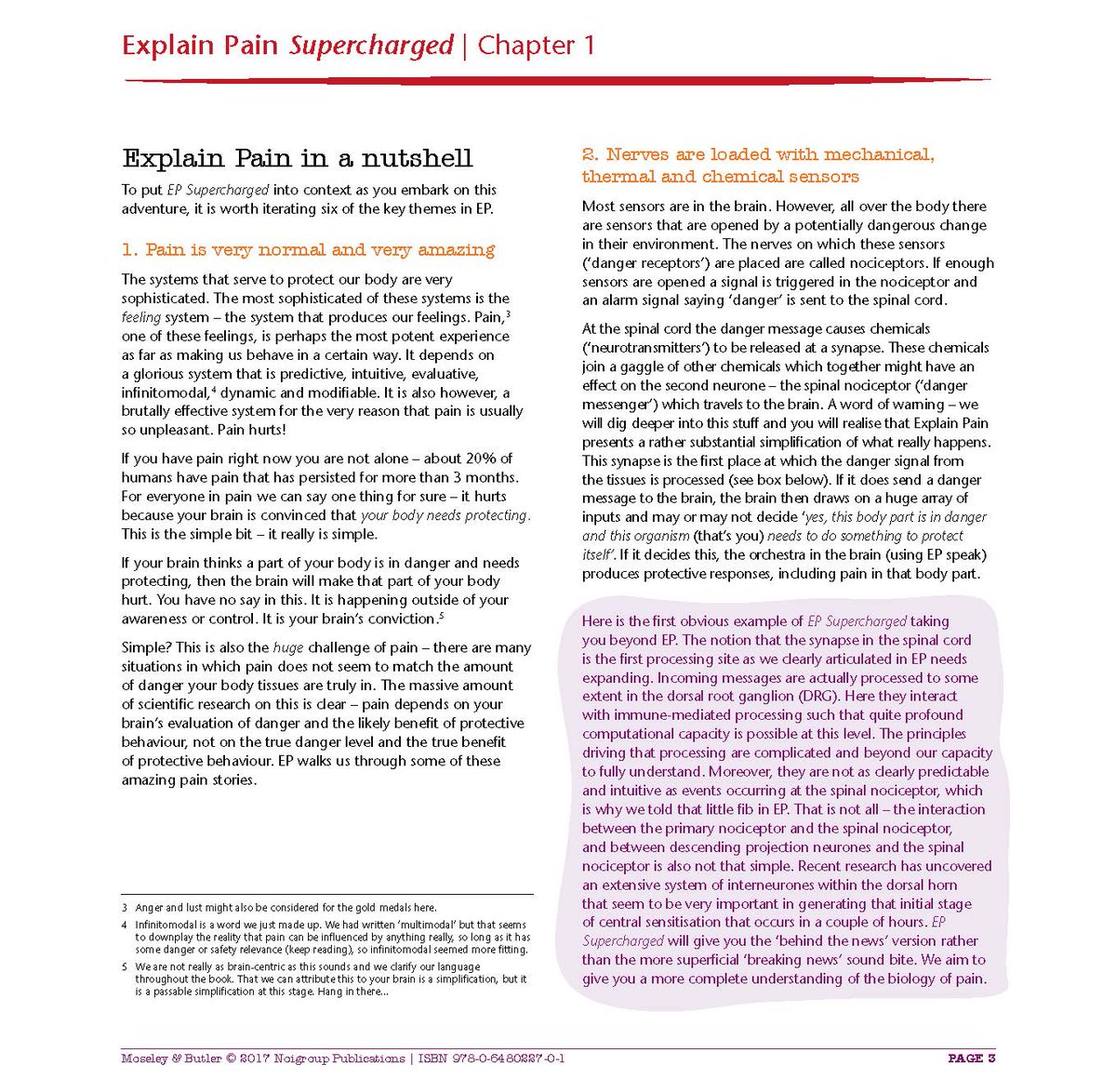

Similarly, a curriculum for an individual with a long standing and complex pain state would also cover all ten. In a group setting, where time allows us to dive deep into pain biology, we would use all ten of the Target Concepts to construct a detailed curriculum. Lorimer Moseley and I have extracted ten key Target Concepts for the upcoming Explain Pain Supercharged (Moseley & Butler 2017). Once the learner understands the concept, with some help, it can open up a vast store of functional knowledge, for example an understanding of why it hurts more in environments perceived to be dangerous.

An example of a frequently used Target Concept may be: Pain relies on context. One of the key skills when Explaining Pain is to identify the essential curriculum Target Concepts appropriate for an educational intervention for a specific person or group. It’s hard work achieving deep and durable conceptual change and clinically important behavioural change with Explain Pain – it takes time, rebuffs are common, health practitioners rarely have teaching experience and consequently much ‘Explain Pain Light’ is carried out in the world.


 0 kommentar(er)
0 kommentar(er)
